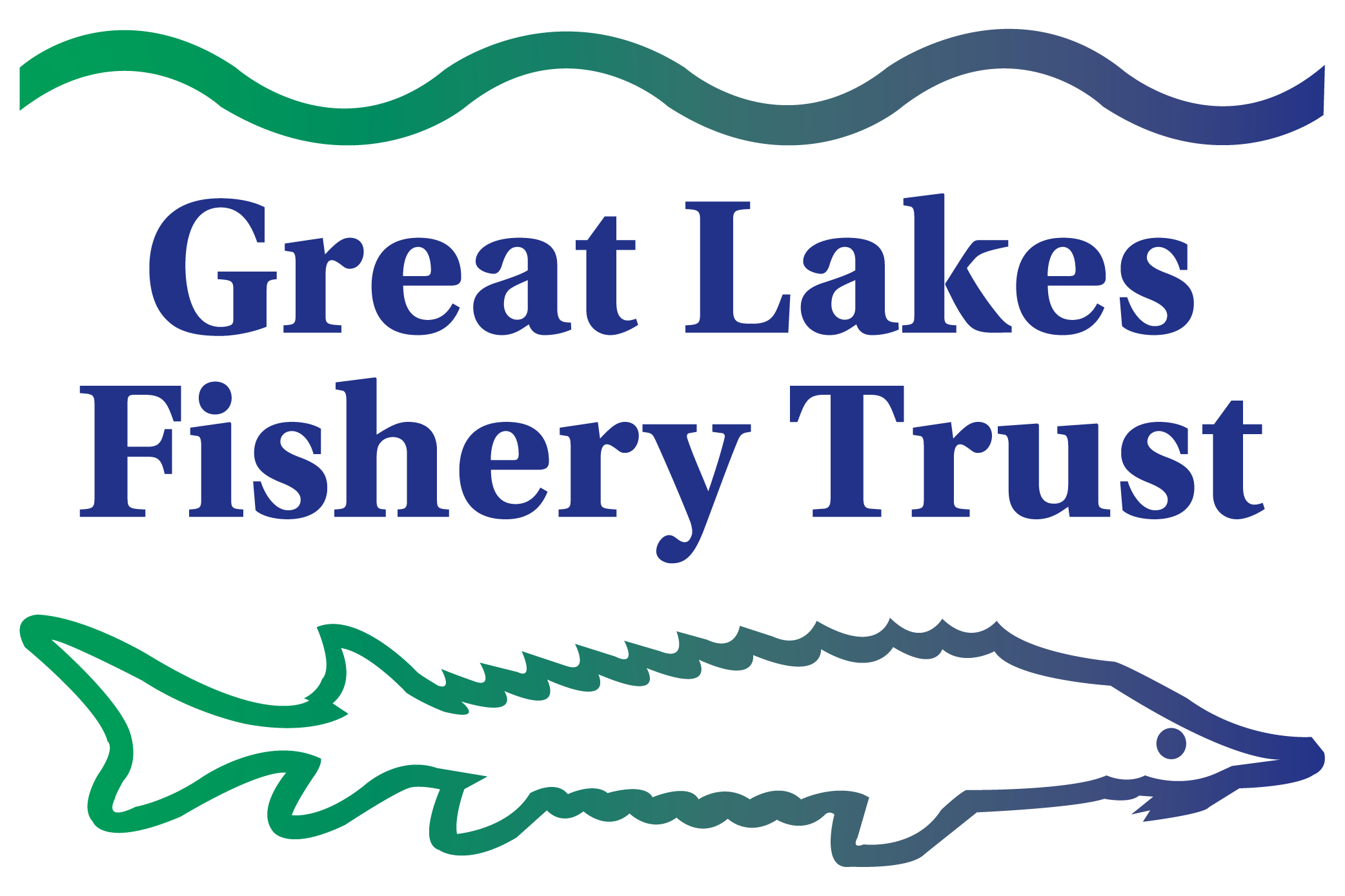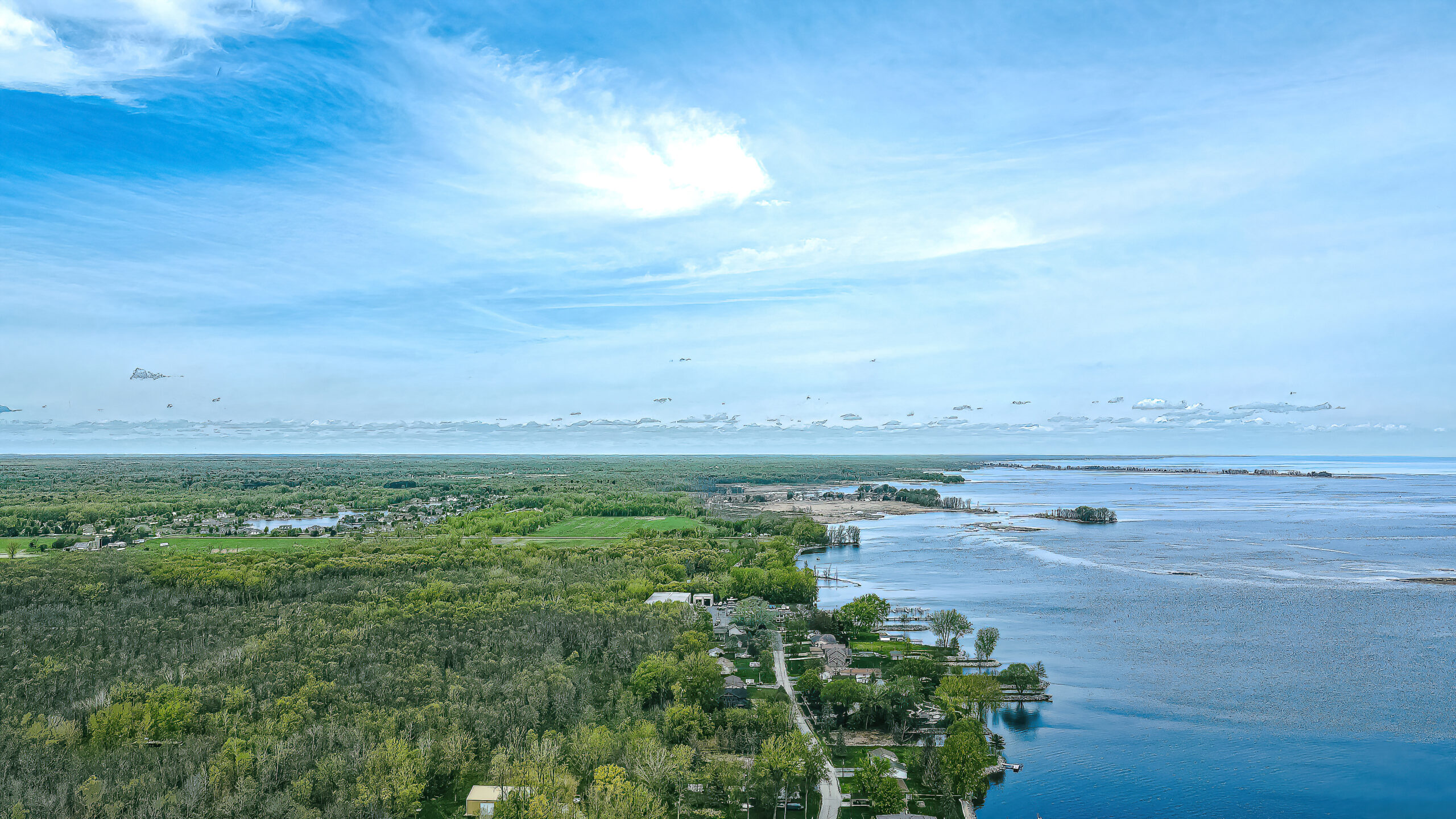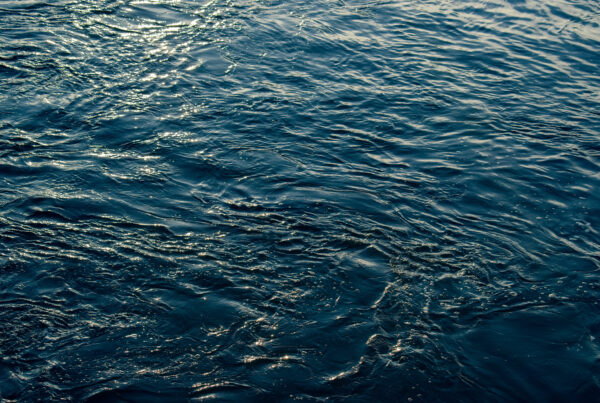Mientras pescado blanco de lago Las poblaciones han estado disminuyendo en la mayor parte del lago Michigan, mientras que las de Green Bay se han mantenido estables. Comprender el origen natal del corégono de Green Bay podría ayudar a los investigadores a delinear poblaciones individuales, una importante herramienta de gestión. Este proyecto piloto se propuso crear una biblioteca de microquímica de otolitos para evaluar el origen natal del corégono de lago, y en el proceso se descubrió que los otolitos de las larvas de corégono de lago reflejan principalmente su origen materno, más que su origen natal.
Principales hallazgos
- Los huevos de pez blanco recolectados de hembras capturadas en un río y posteriormente incubados en un río diferente eclosionaron en larvas de pez blanco cuyos otolitos reflejaban el río donde su madre fue capturada, en lugar del lugar en el que fueron incubadas.
- Los otolitos de las larvas de corégono lacustre pueden estar dominados por influencias maternas mucho después de la migración desde el lugar de eclosión y durante la fase de deriva pelágica. Esto se debe a que las características otolíticas de las larvas no empiezan a reflejar el entorno de crianza hasta que los peces han absorbido completamente su saco vitelino, lo que, en el caso del corégono lacustre, tarda unos 15 días tras la eclosión.
Resultados significativos para la investigación sobre el pescado blanco del lago
Esta investigación concluye que la microquímica de los otolitos no puede utilizarse para determinar el origen natal del pescado blanco de lago, ya que estos reflejan influencias maternas, más que del lugar de incubación. Investigaciones previas han encontrado diferencias en la microquímica de los otolitos en grupos de otras especies de peces de los Grandes Lagos incubados en diferentes entornos; sin embargo, esta investigación sugiere que dichas diferencias podrían no reflejar variación ambiental, sino influencias maternas, lo que constituye una advertencia sobre el uso de estudios de microquímica de otolitos para delimitar las poblaciones de peces en los Grandes Lagos.
Más información
Si tiene preguntas, comuníquese con el investigador principal, el Dr. Patrick Forsythe, al [email protected].
Descargo de responsabilidad
Las notas de investigación incluyen los resultados de los proyectos financiados por GLFT que contribuyen al conjunto de conocimientos científicos sobre la pesca en los Grandes Lagos. Los hallazgos de los investigadores y los resúmenes de los resultados de las subvenciones no constituyen un respaldo ni una posición de GLFT y se proporcionan para mejorar el conocimiento de los resultados del proyecto y proporcionar información relevante a los investigadores y administradores de la pesca. Los hallazgos de los investigadores suelen ser preliminares y es posible que no hayan sido revisados por pares.
Lectura relacionada
- Dinámica de reclutamiento de peces blancos de lago y peces cisco en los Grandes Lagos superiores
- Uso de técnicas genómicas para delimitar las poblaciones de pescado blanco del lago Michigan
- Exploración de la susceptibilidad a enfermedades y su impacto en el reclutamiento de peces blancos de lago
- Casi seis décadas de tendencias de reclutamiento de pescado blanco de lago y cisco en los Grandes Lagos





